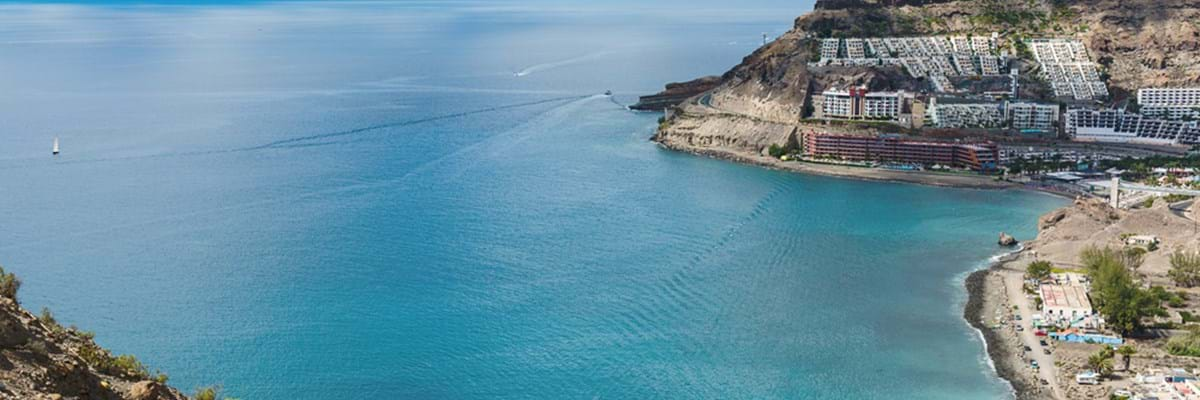Museum and Archaeological Reserve of Cueva Pintada: Find out what life on Gran Canaria was like hundreds of years ago in this museum with the nickname The Painted Cave, in Galdar, in the north of the island.
San Bartolome de Tirajana:Inland, due north from Playa del Cura, this area is the location for a variety of ancient sites including the Tunte Settlement, an entire underground village, complete with dwellings, granaries burial areas and cave paintings; the Arteara Necropolis, a prehistoric burial ground 2kms long and 1km wide, made up of over a thousand burial mounds; Las Fortalezas, a fortified settlement of natural and artificially excavated caves - the remains of prehistoric paintings can still be found on the walls of some caves, while some others were used for burial rites and grain storage; and Almogaren de Amurga, one of the most complex and spectacular archaeological site, believed to have been the site of religious ceremonies. Other such prehistoric cave sites are to be found around the island including one in Mogan itself.
Majada Alta (Mogï¿¿n):In this smallish cave can be found pictures painted in red ochre with unique motifs and painting techniques.
Dunas de Maspalomas:Follow the coast south to find the glorious rolling sand dunes of Maspalomas running for miles along the coast - a desert next to the sea.
Teror:Accessed by steep winding roads, this town may be suitably named for the faint-hearted. It has great symbolic value to islanders, though, as it is said to be the place where La Virgen del Pino, the island's patron saint, appeared. An annual pilgrimage takes place to the Basilica in this rural town.
Vegueta:Travel back in time to tread the narrow, cobbled streets in the old city centre where Columbus is believed to have walked half a millennium ago.
Guayadeque Ravine:Close to the southern shore, is this palm-covered ravine where rock paintings will transport you back in time.
Bandama:Hold your heart in your mouth as you descend into the Caldera of a volcano crater to find one of the oldest wineries on the island.
Whales and Dolphins:A paradise for whales and dolphins, of the 87 species in existence around the world, 29 can be found here in one of the most ecologically valuable locations in Europe. In addition to bottlenose dolphins, visitors can also see common, striped and spotted varieties. Sarari trips are available lasting approximately 2 hours.
Parque Natural de Tamadaba:A huge network of ravines, slopes and mountains create an area of stunning beauty where one of the island's best preserved natural pine forests can be found. A special bird protection area, Tamadaba is an enormous massif uniting the ecosystems of the precipitous cliffs of Aden Verde with the crags and slopes of Guayedra. Various protected species inhabit the forest and Guayedra cliffs, many exclusive to the area. The park is also the location of some remote, semi-abandoned hamlets and important archaeological areas such as El Risco and the Guayedra valley.



